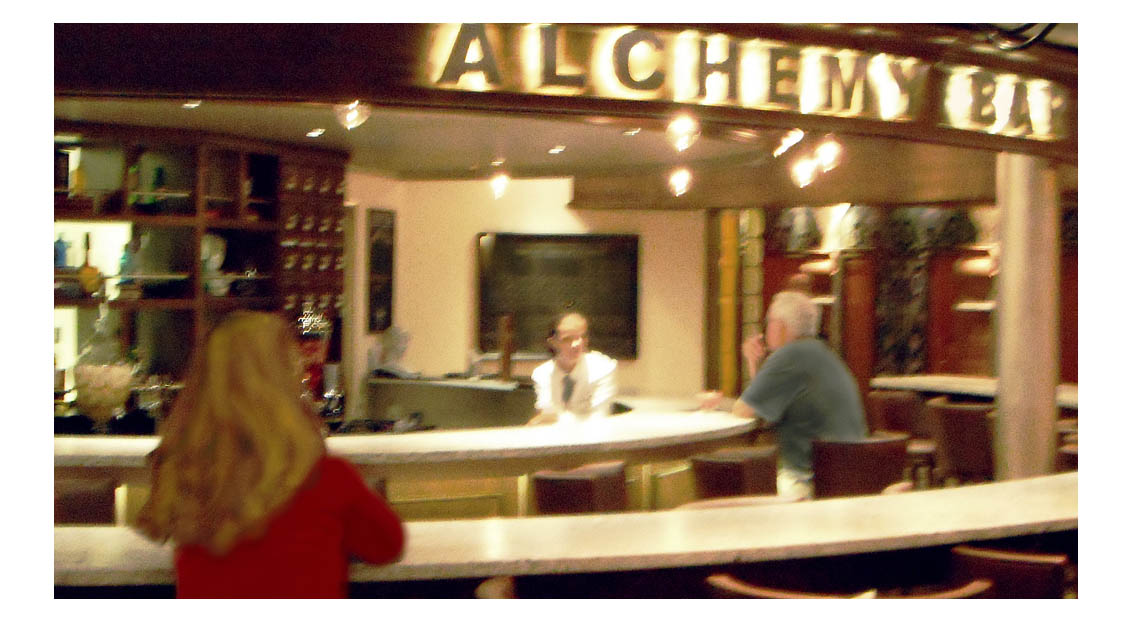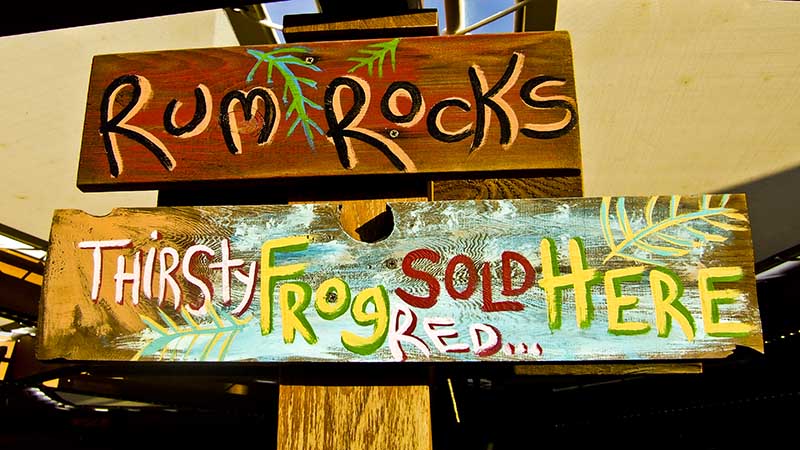
“I have a friend who just returned from a month in Thailand, China and Vietnam and she dealt exclusively with cash. Brought a wad of C-notes and paid on the spot. Used safes in the hotels for passport, and a belly bag for the day’s cash. Is this something I should do on my coming river cruise on the Rhine”
I get a lot of reader questions about how to handle spending on the road and this recent one made me realize that people can make it harder or riskier for themselves as well as the merchants in the places they visit because they aren’t aware of how the world of travel spending has changed.
In fact, the age of cash is fading fast and carrying big wads of bills can make you a target. Digital payments are quicker and safer, and in most parts of the world shops prefer to go cashless.
There are regional differences. For instance, in China credit cards issued outside the country are not as widely accepted and mobile payment systems such as Alipay or WeChat Pay are preferred. Check to see if your bank can link your credit card to a local mobile payment system to make things easier.

A day at sea–You won’t need cash here–Photo by Wallace Immen
Another reader question:
I have a current block on my credit due to an incident earlier this year and only have one credit card. I was planning on getting a card for just travel that doesn’t have a conversion charge for transactions. Any suggestions?
Card payments can tack on foreign currency conversion fees set by your bank of as much as three per cent of each transaction, which can take a bite our of your travel budget. There are credit cards that don’t charge foreign transaction fees, but they tend to be premium-level cards that come with their own hefty annual fees and might not be worth switching to for that advantage alone.
An option that can avoid foreign interbank fees and conversion rate fluctuations is a prepaid international debit card that can be loaded with the local currency in the countries you’ll be touring. It can be a good alternative to carrying cash and it’s safer because many card issuers reimburse users in the case of theft or fraud on payment terminals while abroad. It also helps you keep track of how much money you’ve spent on the road. Shop around, though, because the exchange rates debit card issuers charge can vary widely.
Carrying a second card from a different credit card group is a good idea. But, especially in Europe, American Express can be less welcome than Master Card or Visa because Amex comes with higher merchant fees. And be sure to notify your banks of your travel plans, so transactions overseas don’t end up flagging your card as potentially stolen and locking the account. “Sorry, your card is declined” is something you never want to hear in the middle of a trip.
Another conundrum is when you tap your credit card, the terminal may ask whether you want to have the amount charged in local currency or converted to your home currency. Always choose local currency. That’s because the dynamic currency conversion rates set by the merchant’s credit processing systems have exchange rates that can be as much as double the fees your home credit card and banks charge.

That said, there are places where you should have a stash of cash.
The rule for money is: Do like the locals. While everyone around the world recognizes the U.S. greenback and can probably quote the daily exchange rate, it’s time consuming and annoying for them to later convert it to their currency. If you’re going to Europe, the cash everyone will be delighted to make a deal in is Euros. They won’t easily be able to cash US C-notes for small purchases.
Getting cash from an ATM can also make you look like an alien. I’ve read blogs from European shopkeepers complaining about obnoxious tourists who arrive with a crisp 100 Euro bill to pay for a coffee or souvenir and expect them to come up with the change.
That can wipe out all the small notes the store may have on hand. I partly blame the banks for this because all too often ATMs in Europe spew out 100 or 50 Euro notes rather than smaller bills.
To avoid this, I usually get a pile of 20s, 10s and 5s from my bank before the trip. It’s always courteous to leave a cash tip for housekeepers in hotels and tour guides at the end of shore excursions.
And to securely carry your stash, you need a hard-to-swipe wallet. Nothing screams tourist like a belly or fanny pack and for guys no matter what pant pocket you put your wallet bulge in can be an invitation of savvy pickpockets. A small backpack that you can also carry water in can be a good investment. Look for one with a zipper compartment inside for money.
I’ve found an ideal solution is a waist wallet, a small, flat zippered canvas pouch that loops around your belt. You put your ID and cash and credit cards in and flip it inconspicuously inside the waistband of your pants. Not even the most desperate pickpocket would risk sticking a hand into your crotch on a crowded street and then finding it still caught on a belt.
Smaller is better. There are waist wallets big enough for a passport as well, but you won’t need your passport on day trips from a cruise ship. Most ports ask to see a photo ID along with your ship card to get back on board, but a driver’s license with a photo works just fine.
Other tips: Leave the jewelry in the safe in the room and save it for evening. Flashy watches and bling on a day trip say you’re someone who might be an easy mark. Your phone will tell you the time and I’ve switched to taking travel photos with the phone as well. It makes you look less conspicuous and is less bulky than lugging a camera around your neck all day.
Bon voyage! Have a carefree and secure trip. And keep those questions coming!
Story by Wallace Immen, The Cruisington Times








